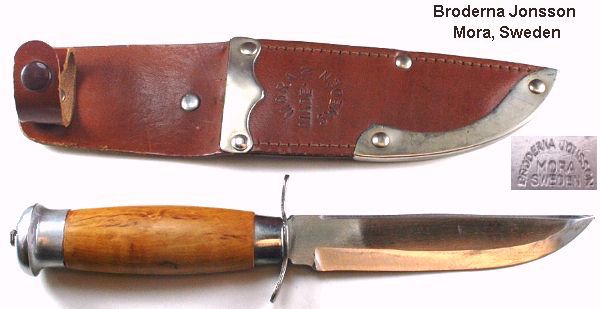- Joined
- May 10, 2021
- Messages
- 3
G'day every one.
I am new here and have done my best to read the rules/ other post. I have a small collection of old knifes, mostly pocket knifes from my grandfather/ uncle. The one I fine the most fascinating the mora. Identical to the image but rusted and no sheath. I would love to know more about it and to resore it. I don't care how much it's worth but is it considered a antique for the purpose of restoration or can I use it to learn how to sharpen a knife.

I am new here and have done my best to read the rules/ other post. I have a small collection of old knifes, mostly pocket knifes from my grandfather/ uncle. The one I fine the most fascinating the mora. Identical to the image but rusted and no sheath. I would love to know more about it and to resore it. I don't care how much it's worth but is it considered a antique for the purpose of restoration or can I use it to learn how to sharpen a knife.


 I agree with Jer, does the knife itself have any markings (eg Frost's of Mora)?
I agree with Jer, does the knife itself have any markings (eg Frost's of Mora)?



